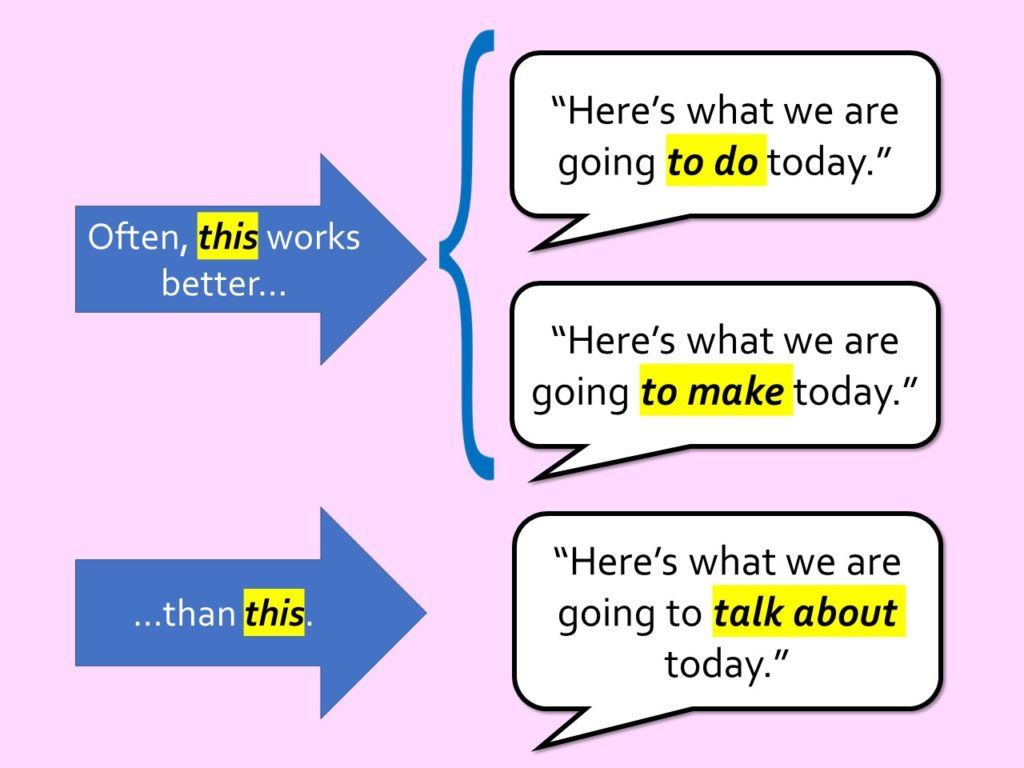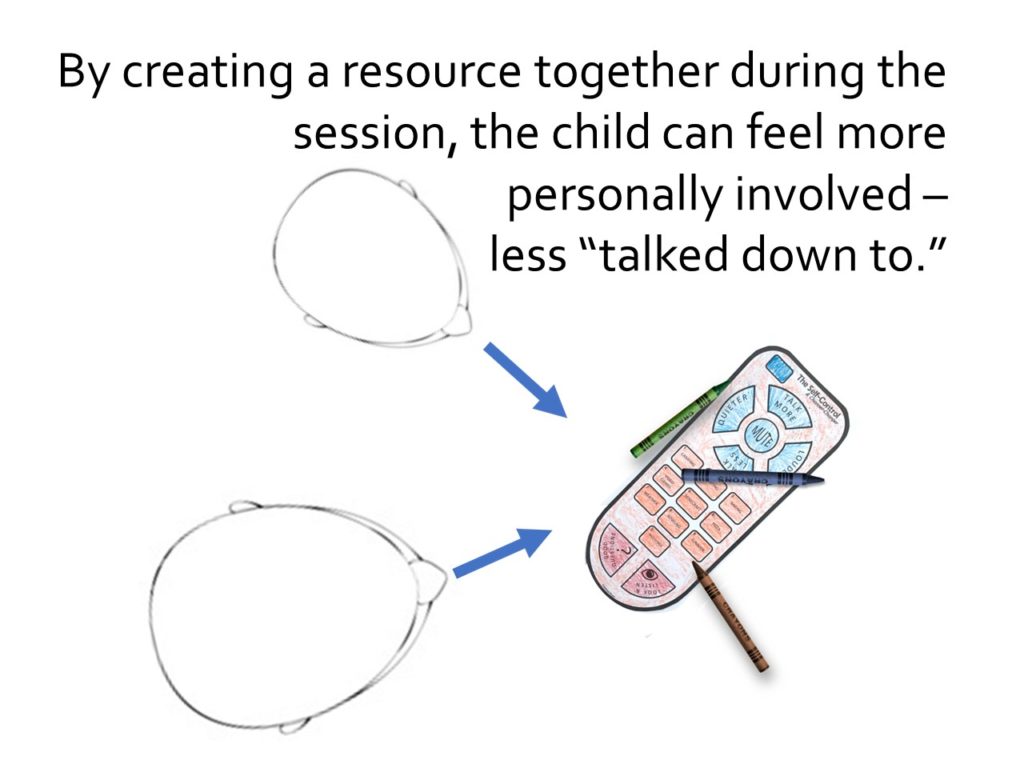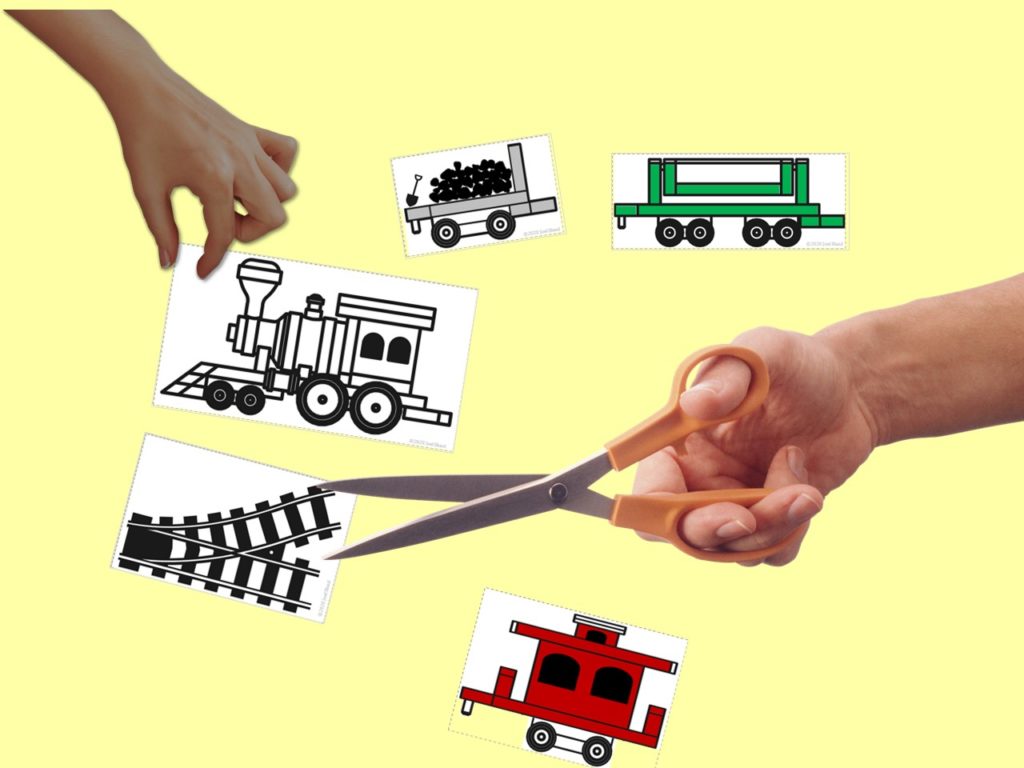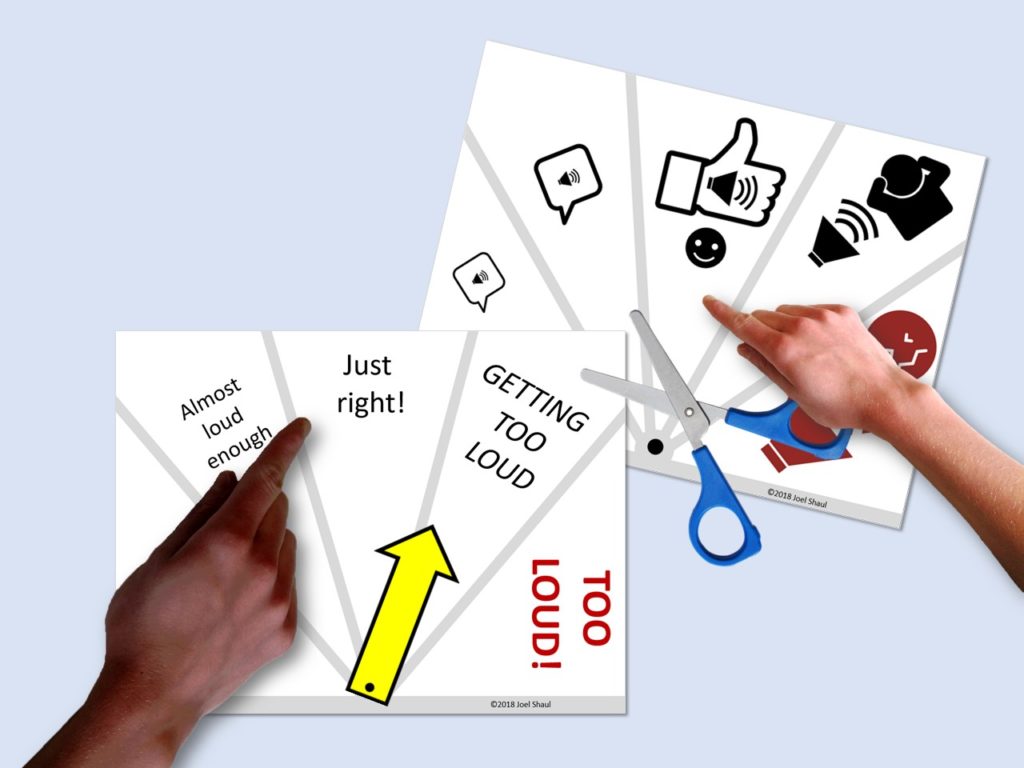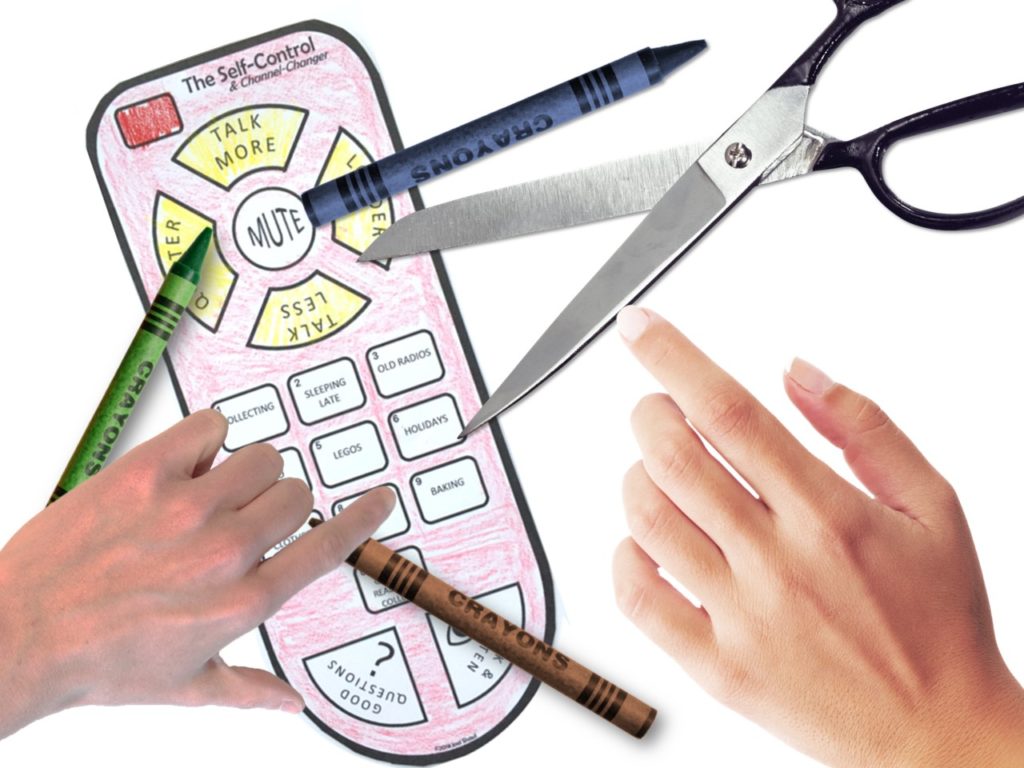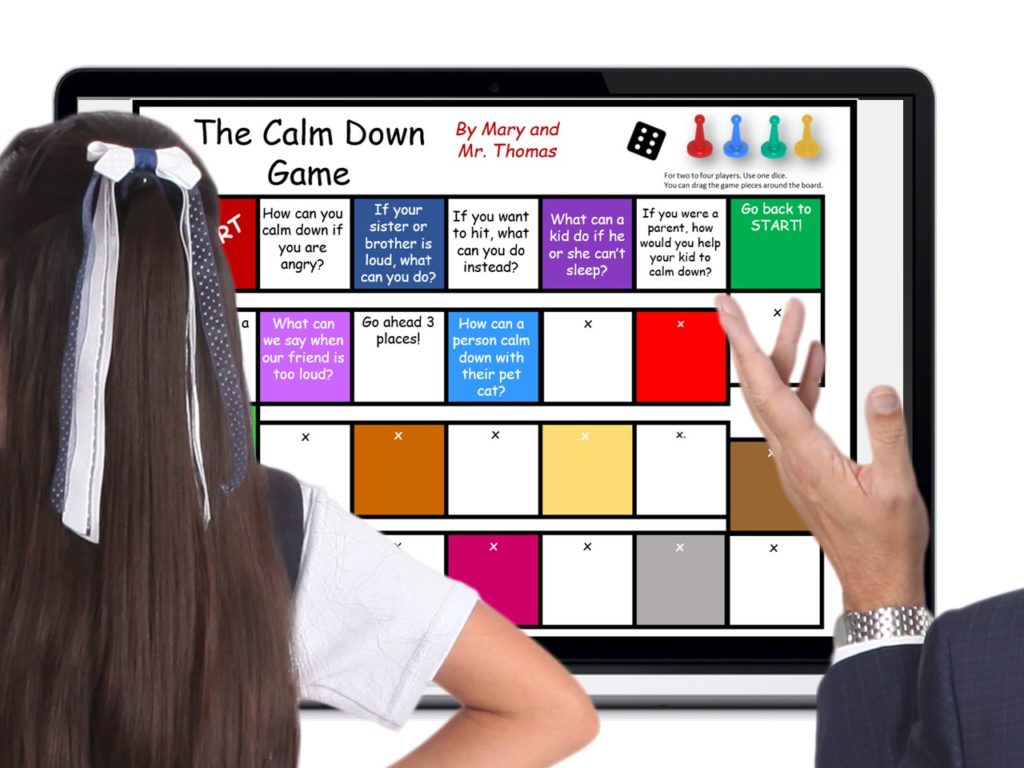Making the social / emotional skill resource during the session – instead of before – can be very effective.
Children with persistent or complex problems can become weary and demoralized in response to the repetitive approaches we employ to help them. One important way to make the helping process more interesting and engaging is to have the child become directly involved in the creation of therapy resources during the session. With just a little preparation, quite a few of the free resources on this website can be created with some level of assistance by a child during sessions.
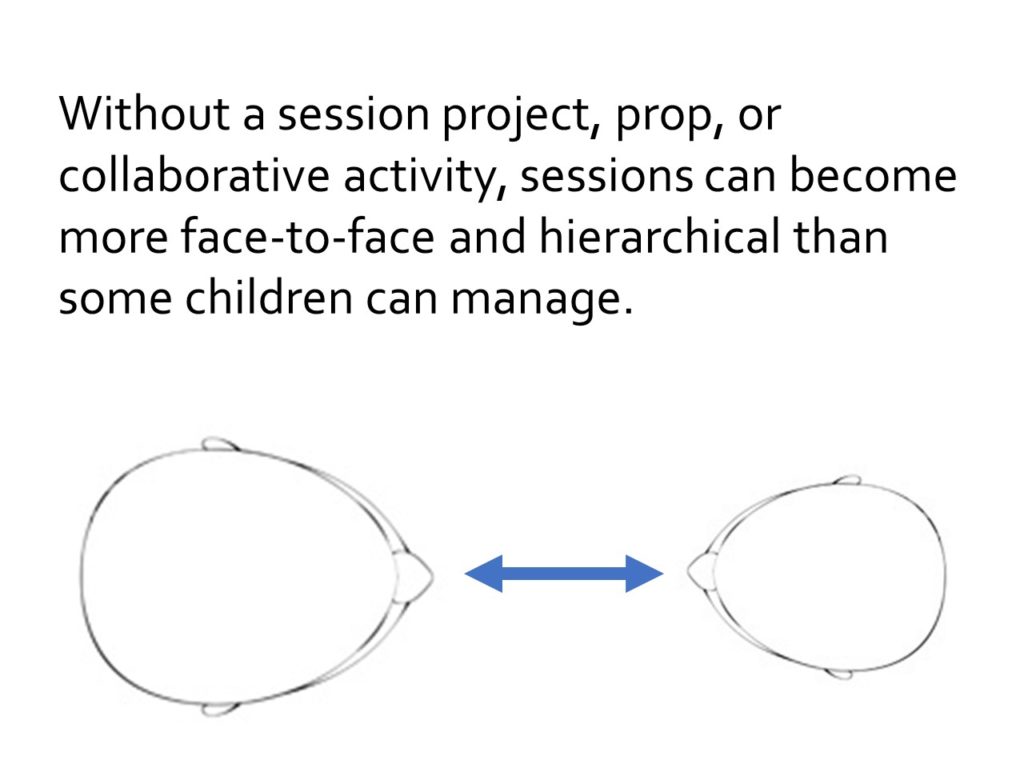
Quite a number of the free resources on this website can be created during a session with a child.
When you are co-creating a social skills resource during a session, there are different levels of involvement, depending on the child’s interest, temperament and ability. These include:
*Completion of the whole project, beginning to end, with the adult supervising
*The child decorates or personalized the project in some special way
*The child colors the project or helps to cut it out
*The child gets to do the “fun” part of the project, such as running the laminator
One of the most popular downloads on the website is the Train Conversation Printables. This requires printing, cutting and laminating – all things that a child might help to carry out.
The Voice Volume Meters can be printed, cut out, and assembled during a session with a child. There are other meters on the website that are customizable, ideal for completion while you are actually working with the child.
The resource shown above is the Remote Control Channel Changer. Usually, you have the child help to figure out what conversation topics to place on the buttons. The child colors it in, and finally, you laminate it and cut it out.
The resource shown above is one part of Problem and Solution Cards. One way to do this project is to print out blanks which the child can complete during a session. This collaborative project can also be carried out entirely on the computer, in PowerPoint, with drag-and-drop images. That option is advantageous if you don’t have much prep time or the child does not like to draw.

Shown above are Green Zone Picture Cards. These are two identical sets of conversation topic cards that two people compare to find their “common ground” conversation topics.
Shown above is one of fourteen Paper Fortune Tellers on the website. You can spend a lot of sessions printing these and folding these with children. They cover many topics including conversation practice, play skills and emotional regulation.
Many of the adult / child collaborative therapy projects on the website require no printing at all and are entirely screen based.
An advantage of the screen-based projects is that there is minimal set-up and clean up. Another advantage is that lots of children like to involve a computer during sessions. The very easy project shown above is Create Your Own PowerPoint Social Skills Game.
I hope you find some of these strategies useful in your own work.
Joel Shaul


